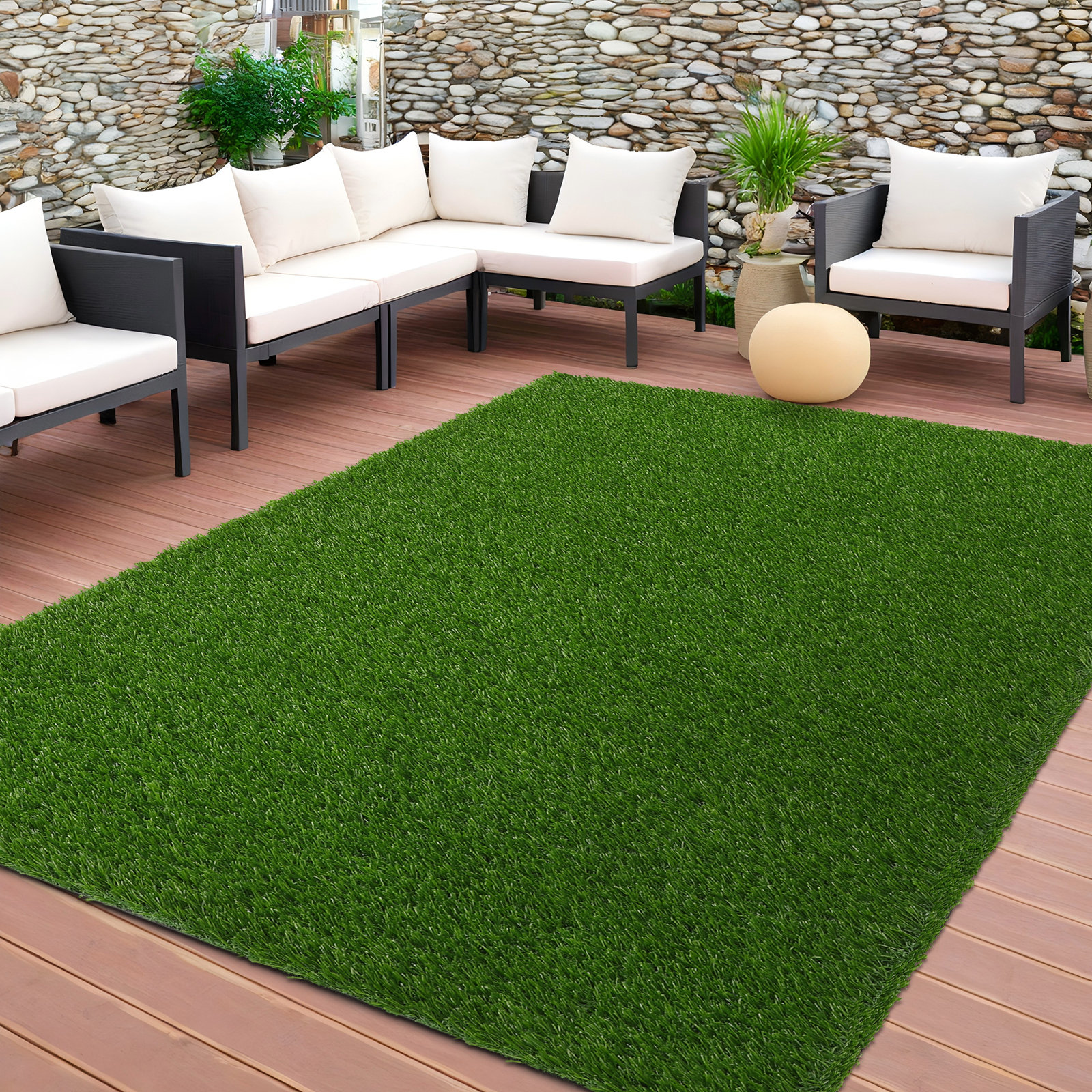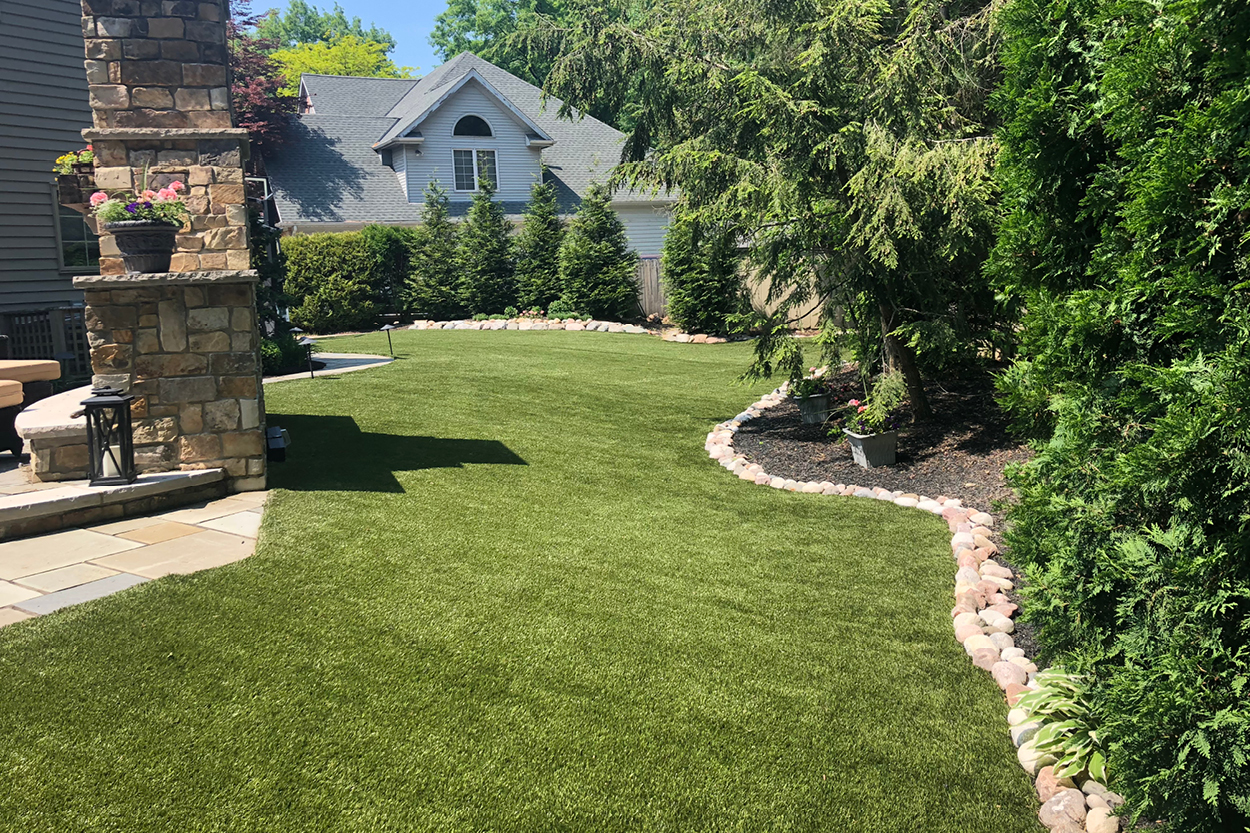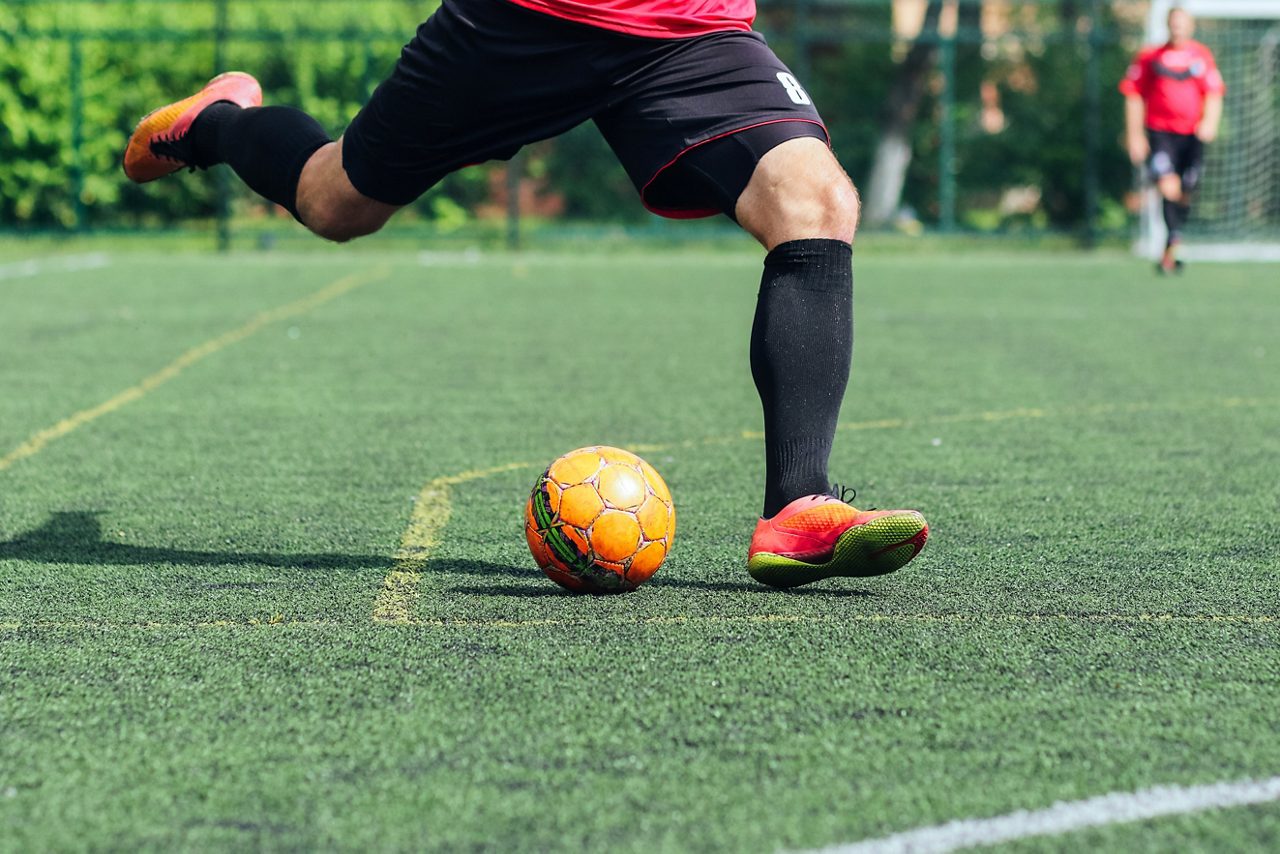Find the Most Trusted Artificial Turf Companies Phoenix for Your Home or Commercial Space
Find the Most Trusted Artificial Turf Companies Phoenix for Your Home or Commercial Space
Blog Article
Delve Into the Environmental Advantages of Opting for Synthetic Grass Solutions
The fostering of artificial lawn services provides a compelling chance to attend to pushing ecological obstacles. By dramatically reducing water usage and minimizing the application of hazardous chemicals, these options not only advertise sustainable landscape design however additionally secure local ecosystems. The lower carbon footprint linked with lowered upkeep activities contributes to an extra sustainable approach to land monitoring. The ramifications of these advantages expand past mere conservation efforts, increasing questions concerning their long-term effect on habitat preservation and total environmental balance. Discovering these dimensions reveals a complex interaction worth taking into consideration.
Water Conservation Perks
Among the most significant advantages of man-made lawn is its capacity to preserve water. Standard grass lawns require substantial watering, especially in locations prone to drought or water restrictions. In contrast, synthetic grass does not require watering, significantly decreasing the overall demand for water resources. This attribute is especially valuable in deserts where water shortage is a pushing issue.
By getting rid of the need for regular watering, synthetic grass adds to lasting landscape practices and aids minimize the ecological effect of too much water intake. Moreover, the preservation of water includes the decrease of runoff, which can cause soil disintegration and river air pollution.
In addition, the installation of synthetic grass allows house owners and municipalities to assign water resources a lot more efficiently, focusing on important uses such as alcohol consumption water and agriculture. The shift towards fabricated turf not only promotes accountable water use but additionally aligns with wider ecological objectives aimed at protecting natural deposits.
As neighborhoods progressively prioritize sustainability, the water conservation benefits of synthetic grass offer a compelling instance for its adoption in domestic and industrial landscaping projects.
Lowered Chemical Use
The transition to synthetic grass significantly decreases the dependence on chemical treatments commonly used in all-natural lawn maintenance. Typical grass administration generally involves the application of herbicides, pesticides, and fertilizers to promote development and control pests. These chemicals can position risks to human wellness, local wild animals, and the atmosphere, adding to dirt and water contamination.
On the other hand, synthetic grass removes the need for these harmful compounds. When installed, it needs very little upkeep, primarily containing normal cleaning and seldom infill replenishment. This reduction in chemical usage not just benefits the instant setting however also adds to more comprehensive environmental stability. By decreasing the release of synthetic substances into the ecological community, synthetic grass advertises much healthier dirt and water systems.
Furthermore, the lack of chemical drainage connected with synthetic grass installations assists shield regional rivers from pollution, supporting water life and keeping biodiversity. Artificial turf companies phoenix. As neighborhoods significantly focus on sustainable techniques, going with synthetic grass offers a sensible solution that aligns with environmental conservation goals. With this change, homeowner can delight in lush environment-friendly rooms without endangering eco-friendly wellness, leading the method for a more lasting future
Lower Carbon Impact

Furthermore, the setup of synthetic grass can lead to significant water conservation. Natural lawns need substantial quantities of water for watering, read which not only includes to the carbon impact associated with water extraction and therapy yet also strains local water resources. On the other hand, synthetic grass needs minimal maintenance, needing no watering, consequently considerably lowering water use and its associated power costs.
Additionally, the durability of man-made turf adds to its reduced carbon influence. With a life expectancy of as much as 15 years or more, the demand for frequent replacements is decreased, causing much less waste and reduced energy usage in production and disposing of traditional turf options. Overall, synthetic grass presents a sustainable alternative for eco aware landscape design.
Environment Conservation
Habitat conservation is a critical factor to consider in the discussion over landscape design selections, especially when comparing synthetic grass to all-natural turf. Natural yard lawns commonly need comprehensive maintenance, including the usage of pesticides, fertilizers, and herbicides, which can adversely influence local environments. These chemicals can leach right into the soil and waterways, damaging native flora and animals and interfering with neighborhood environments.
In contrast, synthetic grass provides a possibility to minimize the ecological footprint of landscaping. By going with artificial turf, property owners can lessen the interruption of all-natural habitats connected with standard lawn treatment techniques. Synthetic grass removes the requirement for harmful chemicals, thereby safeguarding nearby wildlife and maintaining the honesty of bordering communities. Moreover, the setup of fabricated lawn can result in the conversion of previous yard locations right into more biodiverse landscapes, such as pollinator gardens or native plant locations, which can support neighborhood wild animals.
Ultimately, the shift to synthetic grass not just conserves water and minimizes upkeep efforts but also fosters a more unified connection between human why not find out more tasks and the native environment, promoting environment preservation in the procedure.
Long-Term Sustainability
Long-lasting sustainability is a critical variable in examining the advantages of artificial lawn over standard turf lawns. Among one of the most considerable benefits of synthetic grass is its durability; it can last as much as 15-20 years with very little upkeep, whereas natural grass requires constant reseeding and replacement. This longevity reduces the demand for continuous sources, such as water, fertilizers, and pesticides, which are essential for keeping a healthy turf lawn.
In addition, fabricated turf contributes to a reduction in carbon discharges related to lawn care tools. Conventional grass commonly call for gas-powered mowers, leaners, and blowers, every one of which add to air contamination. Arizona turf. On the other hand, synthetic grass eliminates the requirement for such devices, promoting a cleaner environment
Additionally, the manufacturing of man-made turf significantly utilizes recycled materials, enhancing its sustainability account. As manufacturers adopt eco-friendly practices, the environmental impact of artificial turf continues to diminish.

Conclusion
The adoption of synthetic grass solutions presents considerable environmental benefits, consisting of significant water preservation, decreased reliance on dangerous chemicals, and a reduced carbon impact. Synthetic turf aids in preserving all-natural environments by lessening land disturbance and advertising lasting sustainability via the usage of resilient materials. Jointly, these aspects highlight the potential of synthetic grass to contribute positively to ecological health and wellness and offer a feasible alternative to traditional landscape design methods in a significantly resource-conscious globe.
In comparison, artificial turf does not need watering, significantly lowering the total demand for water sources. By lessening the release of synthetic compounds right into the community, artificial grass advertises healthier dirt and water systems.
Moreover, the installation of fabricated lawn can result in considerable water preservation. In contrast, man-made turf requires minimal maintenance, needing no watering, thus considerably lowering water usage and its connected power prices.

Report this page